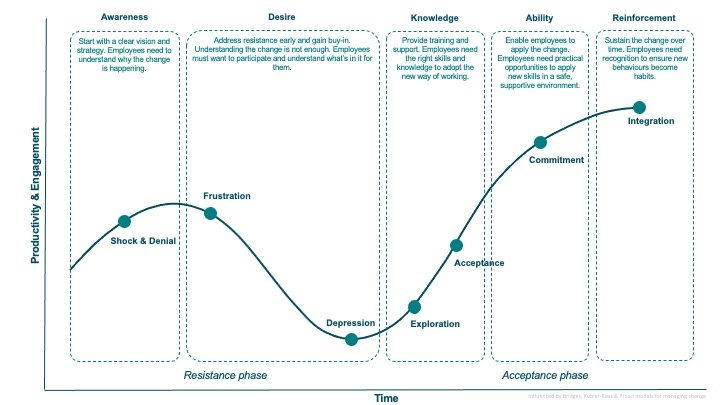
HR Insights

Why Adaptive Leadership Is the Skill Every Leader Needs Now
In a world defined by rapid change, complexity, and ambiguity, traditional leadership approaches are no longer enough.
Leaders today face challenges that don’t come with easy answers—challenges that require us to stretch beyond what we already know, rethink how we engage our teams, and navigate uncertainty with empathy and resilience.
This is where adaptive leadership becomes not just relevant, but essential.

Leadership Development in a Fast-Paced World: Why Leadership Resilience is Essential in Today’s Evolving Business Landscape
In today’s rapidly evolving business environment, leadership resilience has become a critical skill for organizational success. The fast-paced nature of global markets, technological advancements, and unpredictable disruptions demand that leaders not only adapt but thrive in the face of adversity. Companies that prioritize leadership development with a strong focus on resilience are better equipped to navigate challenges and drive sustainable growth.

Organizational Effectiveness – More Than Just Structure
In today’s dynamic business landscape, organizational effectiveness is more than just a well-designed structure. It is the seamless integration of strategy, people, processes, and culture that determines whether an organization thrives or struggles. Leaders and HR professionals who focus solely on structure may find that even the most sophisticated organizational charts fail to drive results. True effectiveness emerges when these elements work together to create a resilient, high-performing organization.

Change Management Guide: A Step-by-Step Guide for HR Professionals and Leaders
Organizational change whether driven by technology, business strategy, or external factors can be complex and disruptive. Without proper change management, employees may resist, productivity can decline, and intended business outcomes may not be achieved. This guide provides a structured approach using best practices to drive successful transformations.
This guide is designed for:
HR professionals responsible for leading organizational change initiatives.
Business leaders and managers implementing strategic changes that impact employees.

The Executive’s Guide to HR Strategy Alignment
For small to medium-sized businesses (SMBs), the ability to align HR strategy with the broader business strategy is essential for growth and competitiveness. When HR practices, policies, and initiatives are aligned with business objectives, companies can achieve better talent management, improve employee engagement, increase productivity, and ultimately reach their strategic goals more effectively.
This guide provides a structured framework to help executives align HR strategies with business goals, ensuring that HR becomes a strategic partner in driving organizational success.

Why Most Change Initiatives Fail and How to Make Yours Succeed
Change is no longer an event - it’s a constant. Whether your organization is implementing new technology, restructuring teams, or shifting strategies, how you manage change determines whether it drives growth or disrupts progress.
Yet, despite the billions invested in transformation efforts, research from Prosci and McKinsey shows that 70% of change initiatives fail. The reasons? Poor planning, lack of employee buy-in, and ineffective communication. In today’s fast-moving business landscape, where agility and adaptability are competitive advantages, organizations can’t afford to let change initiatives fall apart.
For HR professionals and leaders, the challenge is clear: How do we ensure our people embrace change rather than resist it? How do we move beyond compliance to genuine commitment? And most importantly, how do we make change stick?
This article breaks down the key principles of effective change management - from securing leadership buy-in to overcoming resistance, so you can navigate change with confidence and drive real, lasting results.
Let’s dive in.

